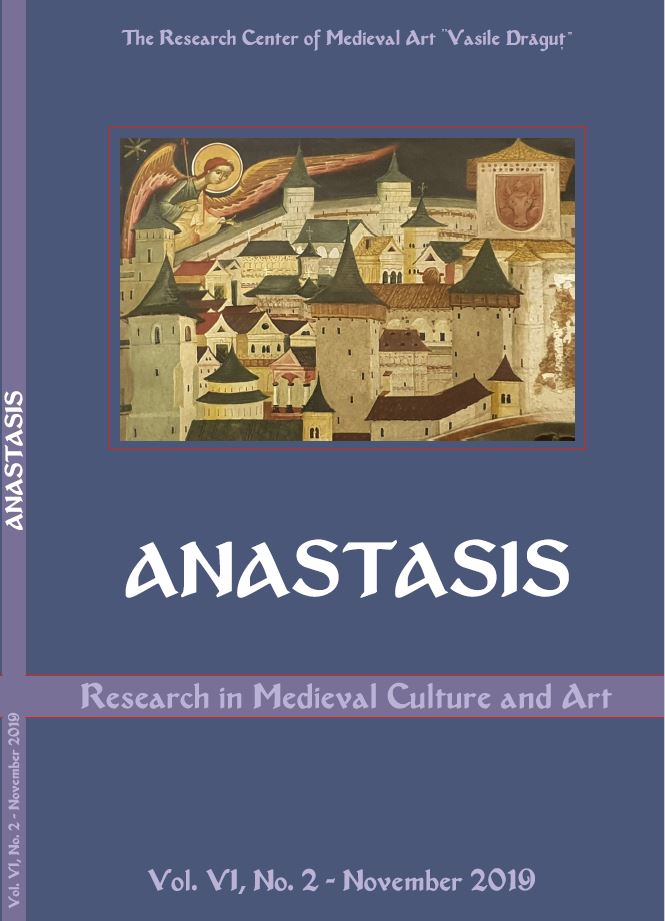The Problem That Is not There: On the Old and New Interpretations of the Tent-Like Churches in Russian Architecture
The Problem That Is not There: On the Old and New Interpretations of the Tent-Like Churches in Russian Architecture
Author(s): Ivan SablinSubject(s): Architecture, History of Art
Published by: Editura ARTES
Keywords: Tent-like churches; medieval architecture; early Renaissance; wooden structures; Russian art; Italian architects;
Summary/Abstract: The article deals with the long-discussed problem of the so-calledtent-like churches in Russian architecture (of the XVI to the XVII centuries),with all existing theories of their origin being considered, presenting twoopposed views tentatively termed the isolationist and the internationalist ones,not excluding those, who tried to go away from this strict opposition. Anattempt at the radical solution that rejects a traditionally accepted notion of thistype’s originality and uniqueness is made, with a proposal to take it instead forquite an ordinary variation of the eight-sided cloister vaults wide-spread inmedieval architecture, that at times could be turned into these tents by simplystraightening their otherwise curved constructions thus creating some kind of apyramid. If properly investigated with all necessary parallels in Westernarchitecture taken into account, even a search for the deeper symbolic meaningof this construction type (be that a holy place for the civil power representativeor an allusion to St. Sepulchre) may become dispensable; this approach permitsto treat instead the phenomenon as an incidental one caused by the mere formaland technical experiments and to a certain extent explicable by the intrusion ofthe Italian architects in the medieval Grand Duchy of Moscow
Journal: Anastasis Research in Medieval Culture and Art
- Issue Year: VI/2019
- Issue No: 2
- Page Range: 114-133
- Page Count: 20
- Language: English

